coated paper recycling
About Coated Paper
Coated paper refers to paper that has one or more coating layers (typically white coatings such as kaolin or calcium carbonate) applied to its surface, followed by calendering to achieve a smoother finish, higher whiteness, and improved printability.
Common types of coated paper include: Art Paper (high-gloss coated paper), Offset Coated Paper and Light weight Coated Paper (LWC).
It is primarily used for high-quality printed materials such as books, magazines, brochures, art albums, and instruction manuals. Through coated paper recycling, it can be reprocessed into new coated paper for printing. Some coated paper can be used as packaging material.
Key Technical Terms
- Calendering – A finishing process to smooth the paper surface.
- Printability – The paper's ability to produce sharp, vibrant prints.
- Recycling Process – Includes deinking, repulping, and refining to restore fiber quality.
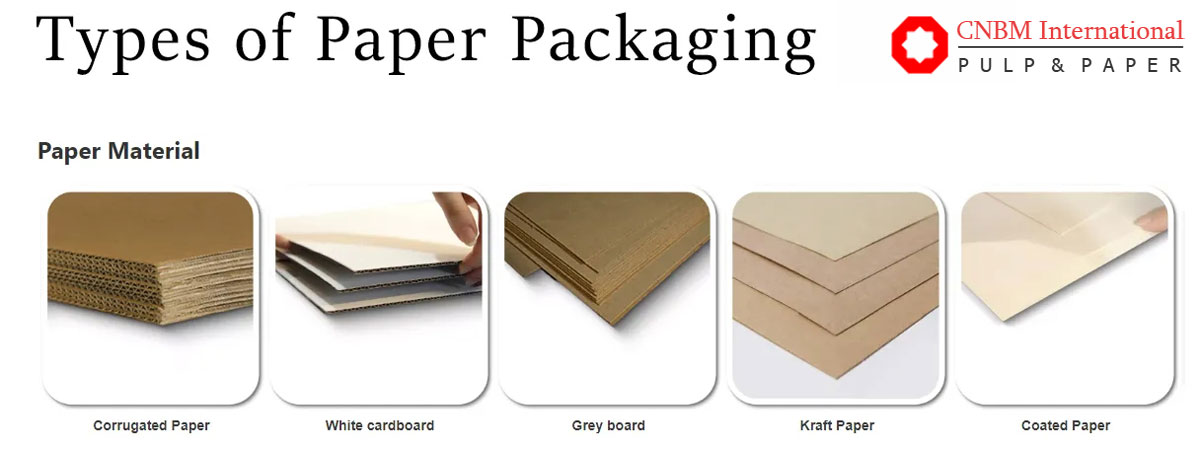
Coated Paper Recycling Core Technologies
To effectively recycle coated paperboard and recover high-quality pulp fibers, a combination of intelligent sorting and advanced coating removal technology is essential. The following outlines the core processes and technologies involved:
Intelligent Sorting and Pretreatment
Spectral Identification System: A near-infrared (NIR) system precisely distinguishes PE-laminated paper (wavelength range: 1200–1400 nm) from ordinary coated paper. This enables an automatic sorting accuracy of up to 95%, significantly reducing the risk of pulp contamination due to material mixing.
Low-temperature Pulping Technology: The pulping temperature is strictly controlled within 50–60°C, which is lower than the melting point of polyethylene (PE). This prevents the plastic film from melting and adhering to the pulp fibers, ensuring better fiber separation and easier downstream processing.
Efficient Coating Removal Process - Mechanical-Chemical Synergistic Method
The coated paperboard undergoes a systematic treatment process as follows:
Coated Paperboard → Chain Shredder → Chemical Soaking Tank → Specialized Stripping Agent → Thermal Friction Refining Unit → Centrifugal Washing Machine → Coating Removal Rate: 92%.
In this method, a non-ionic surfactant (APG-12) plays a key role by reducing the interfacial tension between the coating and the fiber surface.
Simultaneously, a targeted biological enzyme preparation is introduced to break down the starch-based adhesive layer, facilitating easier and more complete removal of the coating.
The combined effect of mechanical grinding and chemical decomposition ensures a high coating separation efficiency, achieving a coating removal rate of up to 92%.
Fiber Recovery and Repair System
To ensure high-quality pulp suitable for reprocessing into coated paper for printing and light weight coated paper, a dedicated fiber repair system is implemented in the coated paper recycling process.
Stepwise Refining Technology
The first stage uses a conical refiner with a 0.5 mm gap to loosen fiber bundles, preparing them for further treatment.
The second stage applies a double-disc refiner with a finer 0.2 mm gap to promote fiber fibrillation and improve bonding ability.
Reinforcement Additives
Carboxymethyl cellulose (CMC) is added during the refining stage to repair surface damage on the fibers. This enhances fiber strength and surface smoothness, improving the suitability of the recycled pulp for producing high-grade coated paper.
Through this advanced fiber treatment system, the recycled pulp meets the quality requirements for coated paper recycling, enabling its reuse in the production of various coated printing papers.
This integrated approach not only improves fiber recovery but also minimizes chemical residue and environmental impact, making it a sustainable solution for recycling coated paper materials.
Closed-Loop Water Treatment Module
In the coated paper recycling process, a closed-loop water treatment system is implemented to minimize water consumption and environmental impact.
DAF (Dissolved Air Flotation) System
Coating residues and suspended solids are effectively removed through a DAF flotation system, which separates impurities by injecting microbubbles into the wastewater.
High Water Recycling Rate
Treated water is reused within the system, achieving a circulation reuse rate of up to 85%, significantly higher than the industry average of 60%.
This module ensures sustainable water management while maintaining the overall efficiency and cleanliness of the coated paper recycling process.
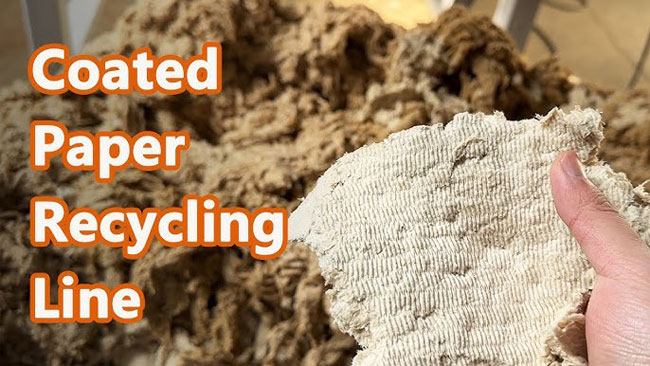
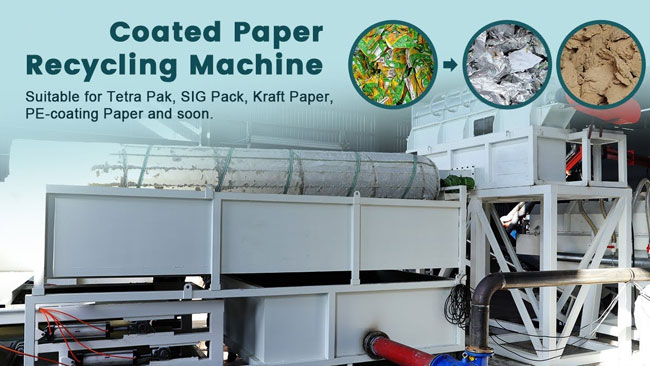
Applicaton of Recycled Coated Paper
| Raw Material Type | Recycling Process | End Products | Application Scenarios | Value Advantage |
|---|---|---|---|---|
| PE-laminated coated cartons | Thermal separation + High-consistency impurity removal | Industrial-grade corrugating medium, linerboard | Corrugated boxes, industrial packaging | Lower cost (approx. 18% savings) |
| Art-coated gift box paper | Mild deinking + Micro flotation | Premium shopping bag paper, wrapping liner | Gift packaging, printing paper, office use | High whiteness and strength, 25–30% value increase |
| Food-grade coated paper (e.g. cups) | High-temperature sterilization + FDA-compliant process | Molded pulp for tableware | Disposable food containers, eco-friendly trays | Can partially replace virgin pulp, food-safe |
| Mixed coated printing waste (magazines, books) | Coarse screening + Deinking + Pulp blending | Recycled pulp board, household tissue base paper | Tissue production, recycled paper manufacturing | Suitable for general use, less demanding markets |
Why Choose Our Coated Paper Recycling Solution?
The recycling of coated paper demands advanced technology and specialized equipment, as conventional methods often fail to efficiently separate coatings, preserve fiber strength, and meet stringent environmental and food safety standards. Our solution leverages patented equipment, authoritative certifications, and value-added services to deliver a truly efficient, compliant, and cost-effective coated paper recycling system.
Patented Equipment – Optimized for Coated Paper Recycling
① Lamination Stripping Machine (Nationally Patented)
- Industry Challenge: Traditional pulpers cannot effectively separate PE/PP laminates, leading to fiber contamination and poor pulp quality.
- Technological Breakthroughs: Thermo-Mechanical Synergistic Stripping: Operates at 60-80°C with specialized release agents to gently separate laminates without thermal adhesion. Higher Recovery Rate: ≥95% laminate removal (vs. 70-80% with traditional methods) with <5% fiber loss.
- Applications: Food packaging boxes, pharmaceutical cartons, and other PE/PP laminated papers.
② Low-Damage Fiber Separator (40% Energy Savings)
- Industry Challenge: High energy consumption and fiber damage are common in coated paper recycling.
- Technological Breakthroughs: Step-Refining Technology: Pre-loosening followed by precision refining improves fiber length retention by 30%. Smart Energy Management: Real-time motor power adjustment reduces energy consumption from 120 kWh/ton to 72 kWh/ton.
- Applications: Art paper, UV-coated paper, and other high-strength fiber recovery.
Compliance Assurance – Meeting Global Standards
① EU EC 1935/2004 Food Contact Material Certification
Key Requirements: Passes migration tests (heavy metals, plasticizers, etc.) per (EU) No 10/2011. Ensures recycled fibers are safe for food packaging (e.g., meal boxes, paper cups).
Our Advantage: Full traceability reports covering raw material intake to finished product testing.
② US FDA 21 CFR 176.170 Compliance Report
Key Requirements: Guarantees no chemical reactions between recycled pulp and food, with zero harmful substance migration.
Our Advantage: Pre-compliance testing via partnered labs to mitigate export risks.
Value-Added Services – Reducing Investment Risks
① Free Raw Material Testing
Coating Analysis: FTIR spectroscopy to identify PE/PET/water-based coatings.
Adhesive Quantification: TGA to measure glue content and customize pretreatment.
Fiber Integrity Assessment: Optical microscopy to evaluate fiber damage and optimize pulping.
Deliverables: Receive an "Adaptability Report" within 48 hours.
② 1:1 Pilot Production Testing (5kg Sample Trial)
1. Client sends 5kg coated paper sample → 2. Lab simulates full process → 3. Delivers trial pulp + data report.
Core Value: Validates feasibility before large-scale investment and provides key metrics: yield rate, brightness, tensile strength, etc.
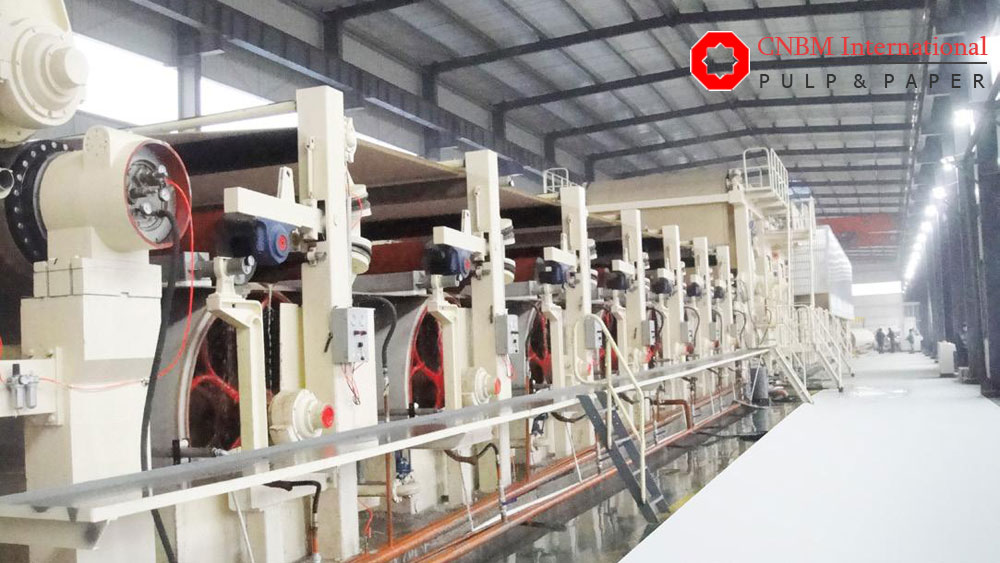
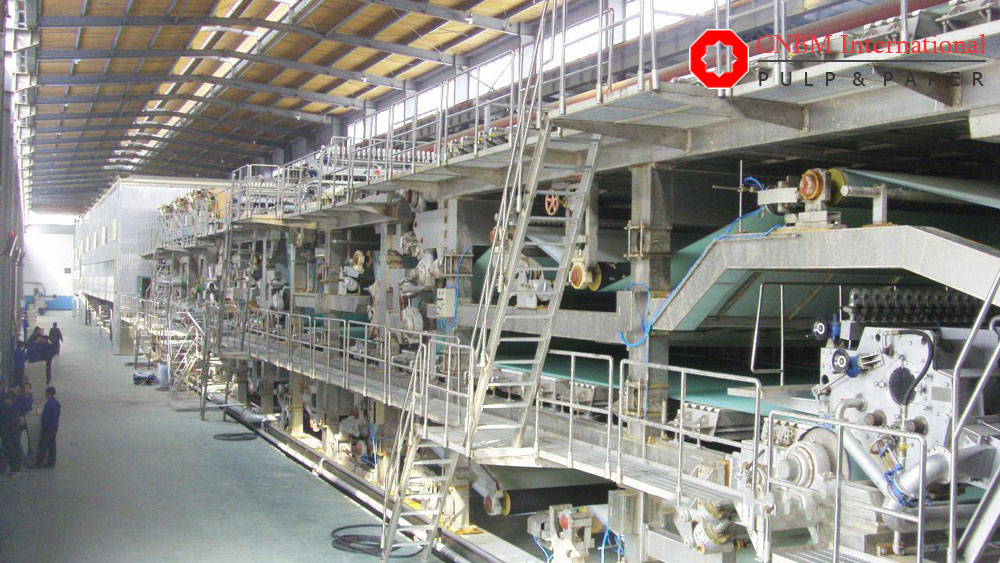
Advantages of Recycling Coated Paper
Compared to ordinary uncoated waste paper, coated paper—with its smooth surface and high-quality print—is widely used in premium packaging, brochures, and color inserts, making its recycling process technically challenging. However, it also offers significant advantages:
✅ 1. Lower Raw Material Costs
Coated paper typically contains a high proportion of virgin wood pulp fibers, which are superior in quality and strength. Recycling these fibers can significantly reduce the need for virgin pulp, especially when producing high-strength recycled cultural or packaging paper.
✅ 2. Resource Conservation & Reduced Deforestation
Recycling coated paper prevents the waste of premium fibers while reducing the paper industry's reliance on forest resources. This helps alleviate wood pulp shortages and promotes sustainable raw material management.
✅ 3. Improved Carbon Footprint & Environmental Credibility
The carbon emissions from recycling coated paper are 20%-30% lower than traditional pulping. Companies that implement coated paper carton recycling programs not only enhance their social responsibility image but also align with ESG (Environmental, Social, and Governance) standards.
✅ 4. Diversified Recycled Product Range
Properly deinked and dispersed coated paper pulp can be used to produce: recycled white-top kraft paper, color-printed packaging paper, grey-back white-lined board. These high-value products enjoy strong market demand.
✅ 5. Controllable & Mature Deinking Technology
Modern deinking and dispersion technologies can efficiently remove inks and coatings from coated paper. With Anyang Machinery’s high-consistency pulping → flotation deinking → bleaching & washing system, deinking rates exceed 80%.
✅ 6. Closed-Loop Packaging Recycling
As eco-friendly packaging gains traction, recycling coated paper cartons (e.g., food boxes, printed packaging) enables closed-loop material reuse, reducing single-use packaging waste.
✅ 7. Policy Support & Market Incentives
Many countries offer subsidies and classification incentives for recycling printed packaging waste, fostering better collection systems for coated paper cartons and creating favorable conditions for businesses.


